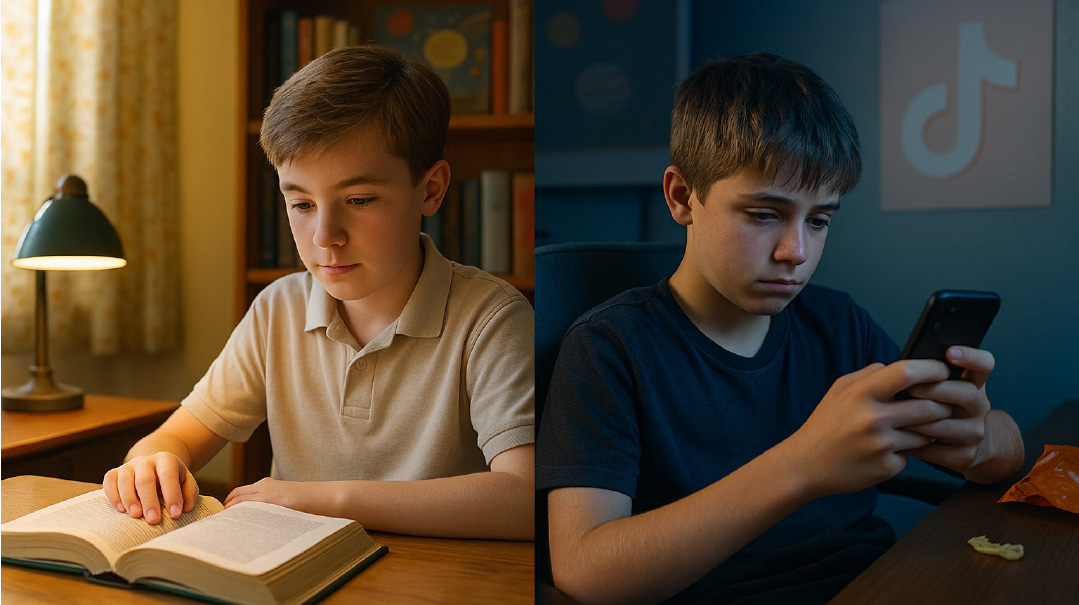New Heights in Houston

I foresee Houston as a harbinger of other growing communities outside the high tax states
T
he largest concentrations of Jews in the United States are in high tax states — New York, Illinois, New Jersey, and California. And the situation for residents of those states grew considerably worse recently with the reform of federal income tax law, limiting the deductions taxpayers can claim for state income and property taxes.
I do not mean to suggest that Orthodox Jews are likely to flee their homes en masse to escape onerous taxes. Indeed, they may be the ones left turning out the lights. On a recent visit to Chicago, a friend pointed out three new kollelim that had recently opened, and I had the opportunity to visit the campus of a newly opened yeshivah patterned on Philadelphia Yeshiva.
But I do expect economics will foster the development of new communities. Case in point: Houston, where I recently had occasion to spend four days in the Fondren Southwest neighborhood and that community’s shul, the Young Israel of Houston. The attractions of the city are obvious: Texas has no state income tax, and the economy is booming. Not only are jobs plentiful, but convenient: Most of the working men and women in Northfield are within 20 minutes of their workplaces. And for the price of a duplex in Lakewood, one can purchase a mansion in Houston.
There are more intangible attractions as well. The community is overwhelmingly young, which means there are plentiful leadership opportunities for young couples. To that youth add a dash of experience: Rabbi Yehoshua Wender has been the rav of Young Israel since its founding nearly 40 years ago and has served as a school principal, among other leadership positions.
Not surprisingly, Houston has entered a rapid growth phase. I toured Yeshivat Torat Emet, the local elementary school. The school opened with 12 students in 2004 and today has over 370. Head of school Rabbi Yerachmiel Garfield told me that 22 new families — including six new kolleleit — moved in over the summer, adding an additional 68 students to Torat Emet.
As we toured the new, state-of-the-art building, Rabbi Garfield pointed out that there is not a single concealed space in the building. Every wall and door is made of glass. A lot of study and thought clearly went into the building.
No classroom has more than 18 students, something almost unfathomable to me, whose own children were often in classes twice that size. There are no carpools either, as kids walk or bike to school.
On the way to visit Torat Emet, we passed, within a few blocks, the almost completed new building for high school-age girls, Torah Girls Academy, which has grown from 19 students last year to 31 this year. As well, a new high school yeshivah recently opened its doors. Rav Sholom Kamenetsky of the Philadelphia Yeshiva, I learn, was recently in town to speak at the opening of the yeshivah.
What bodes best for Houston’s future growth, however, is the presence of a large kollel. As a Chicago native, I’m well aware of the impact that a kollel can have. The Lakewood kollel that opened in Chicago in the mid-70s transformed the city in terms of Torah learning, and it has been followed by more than a half dozen other kollelim. Some of the impact of a kollel can be explained rationally. But in locale after locale, the impact of an intense makom Torah has been way beyond what anyone could have predicted.
Houston has had an outreach kollel, Torah Outreach Resource Center of Houston (TORCH), for over 20 years. But in 2012, a small group of visionaries, led by Andy Serotta, a Harvard-trained oil futures trader, decided that the community was ready for a Lakewood kollel, and brought in Rabbi Shlomo Littman and five other avreichim to establish it. Seven years later, the same supporters were ready to double the number of kolleleit.
A high percentage of the kolleleit have stayed in the community, with local businessman making every effort to offer them work.
The Young Israel was under total reconstruction during my visit, with a new wing being built for the kollel beis medrash. The impact of the kollel is clear. On an average night, there are over 50 boys and men learning in the beis medrash, and that goes up to 100 on Thursday night. Rabbi Garfield proudly showed me a clip of a group of eighth-graders staying to argue in learning with a maggid shiur after the end of Thursday night seder.
Two years ago, I wrote about the oldest son of my host in Houston, Eric Pines, who showed up at night seder, even though it coincided with game seven of the World Series between the Houston Astros and the Los Angeles Dodgers. That kind of enthusiasm for learning is hard to imagine absent an active kollel presence.
The enthusiasm is for Torah learning lishmah. One of the board members of Torat Emet, who grew up in a more established community, confided that he could not send his son to a yeshivah on the East Coast: the competition to be the “best learner” would be absolutely foreign to him.
I foresee Houston as a harbinger of other growing communities outside the high tax states.
The Success of SHUVU
Ever since Avigdor Lieberman, head of the Russian immigrant party Yisrael Beiteinu fashioned himself into the kingmaker of Israeli politics — or at least the anti-kingmaker by refusing to join a Netanyahu-led coalition, including the chareidi parties, after the April elections — the major parties have all set up their own Russian divisions to attract Lieberman’s voters.
The truth is that Yahudut Hatorah (United Torah Judaism) has a greater claim to the support of those voters — at least the halachically Jewish among them — than any party. This month marks the 30th anniversary of the founding of the SHUVU school system to provide a Jewish education for immigrant children from the Former Soviet Union.
The history of how a group of dedicated balabatim, inspired by the call of Rav Avraham Pam, ztz”l, the late Rosh Yeshiva of Torah Vodaath, created a nationwide school system for Russian-speaking children in Israel deserves to be better known. At its peak, those balabatim raised $10 million per year and continue to raise about half that today. Altogether close to $200 million in private contributions have gone into the schools.
And those efforts have been crucially abetted by the Israeli chareidi parties, which have given generously from their coalition budgets to SHUVU, despite the dire straits of many chareidi schools. Until Yair Lapid put a stop to those contributions, they totalled approximately NIS 100 million over the decades. Those monies reduced the funds available to traditional chareidi institutions and redirected them to a school system offering a superior level of math, science, and computer instruction.
Though there is an increase in the number of such schools serving chareidi families — a trend driven, in part, by chareidi immigrants — the recognition that such studies were crucial to attracting newly arrived Russian-speaking students reflects a breadth of vision on the part of the chareidi leadership in Israel and their Knesset representatives.
By every measure the SHUVU system is the gold standard for Israel — student and parent satisfaction, civility, math, and science achievement, the percentages of those passing the matriculation exams. The best proof is that in many SHUVU schools today close to half the students are from native Israeli families.
That entire system was created from nothing and has served approximately 25,000 children from Russian-speaking families.
Rav Pam, the inspiration for SHUVU, used to speak with awe of Rav Zaidel Semiatizky ztz”l, a Torah giant who after the Holocaust travelled to Morocco and South America to establish yeshivos and to send bochurim from those places to the Mir, Torah Vodaath, and other major yeshivos in America. Rav Semiatizky would speak frequently of the staff that Hashem commanded Moshe Rabbeinu to throw down at the burning bush.
If we reach out to children deprived of any knowledge of Torah or mitzvos and befriend them and show them the pleasantness of the ways of Torah, he taught, they can develop into a “staff of Hashem.” That is SHUVU’s achievement.
And if not, they will remain poisonous snakes. That is Avigdor Lieberman’s.
Originally featured in Mishpacha, Issue 786. Yonoson Rosenblum may be contacted directly at rosenblum@mishpacha.com
Oops! We could not locate your form.













